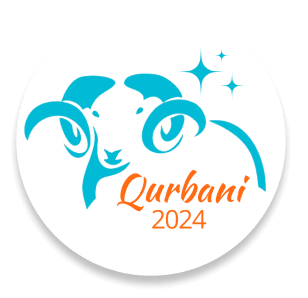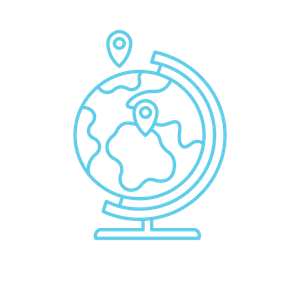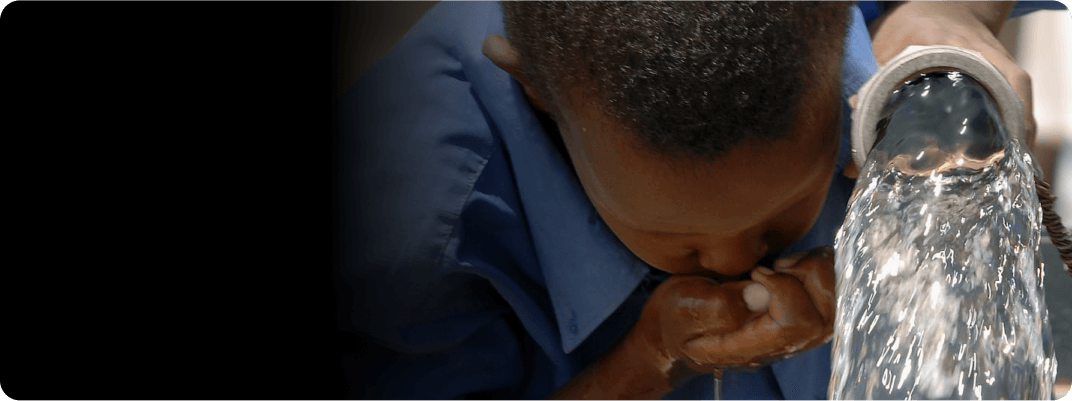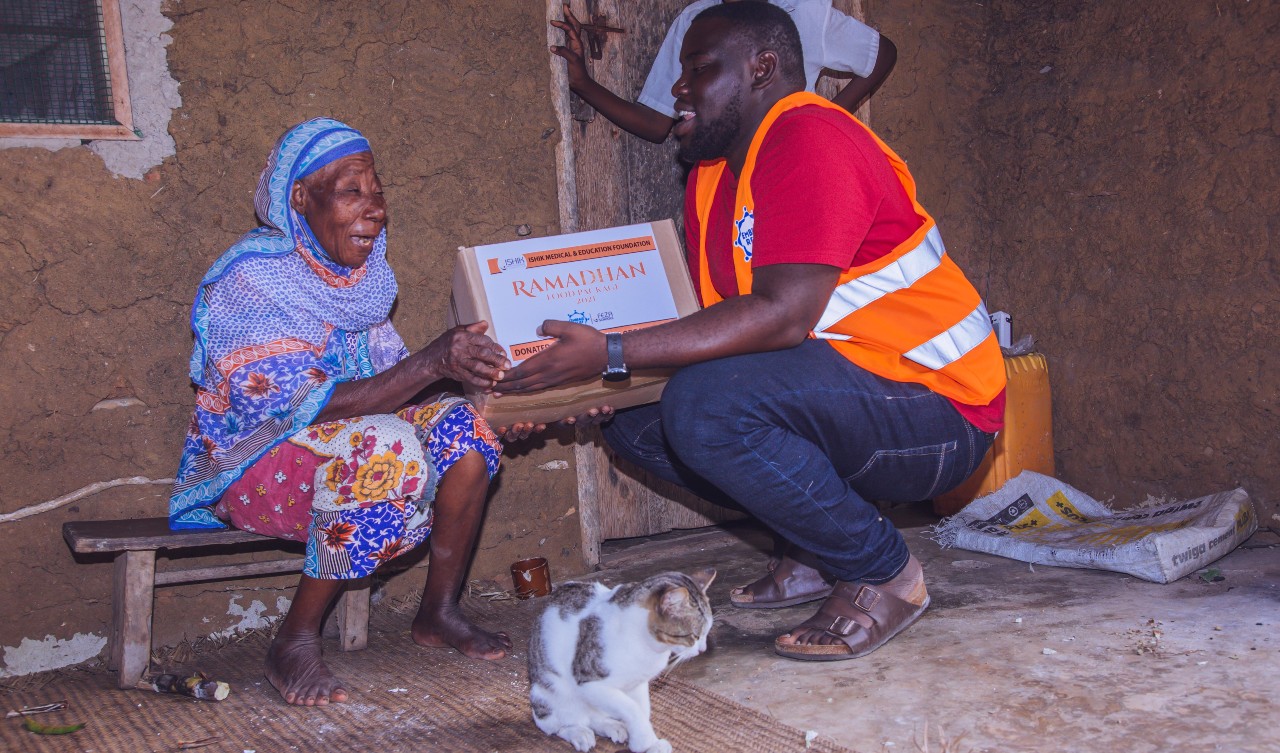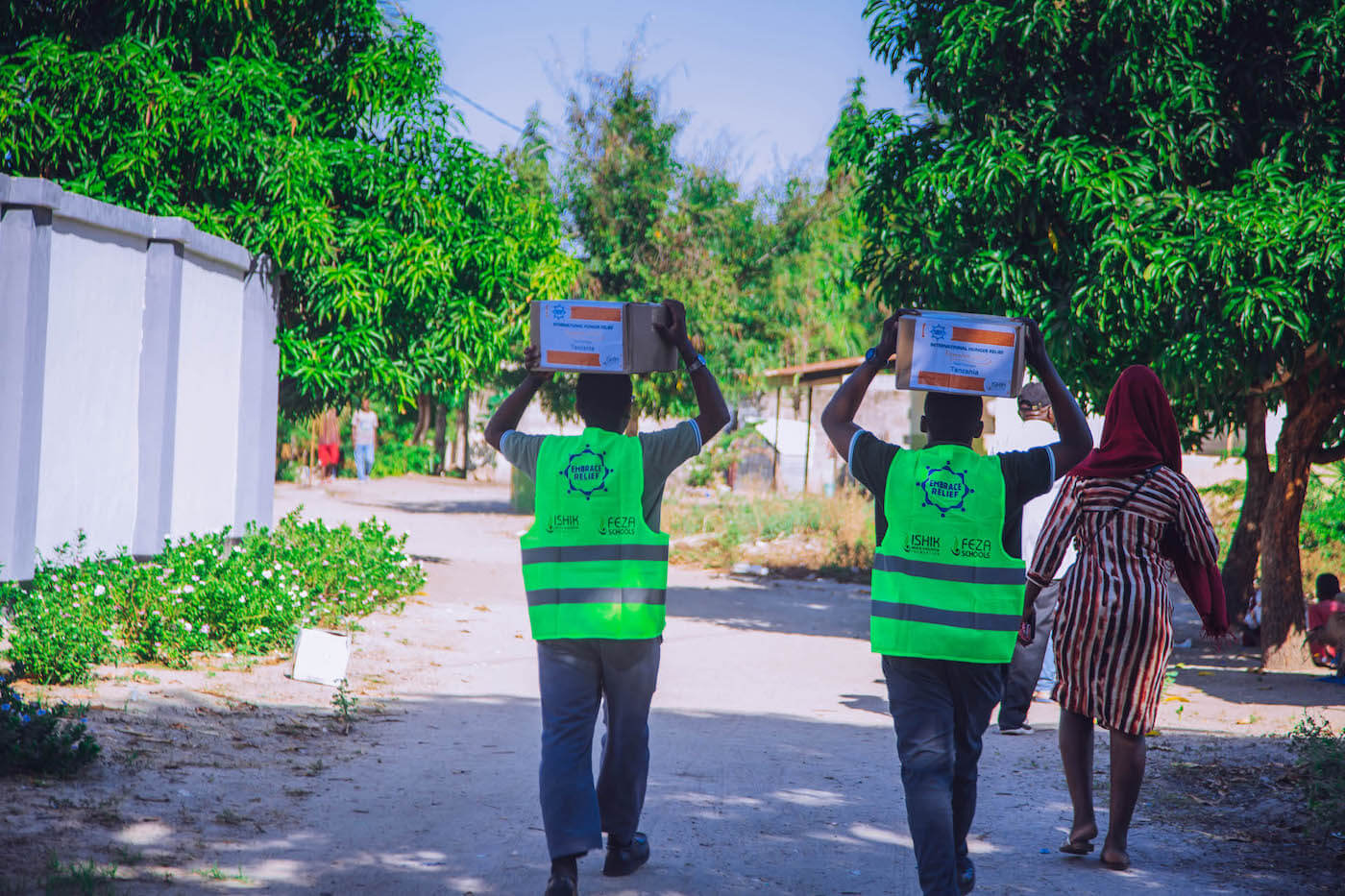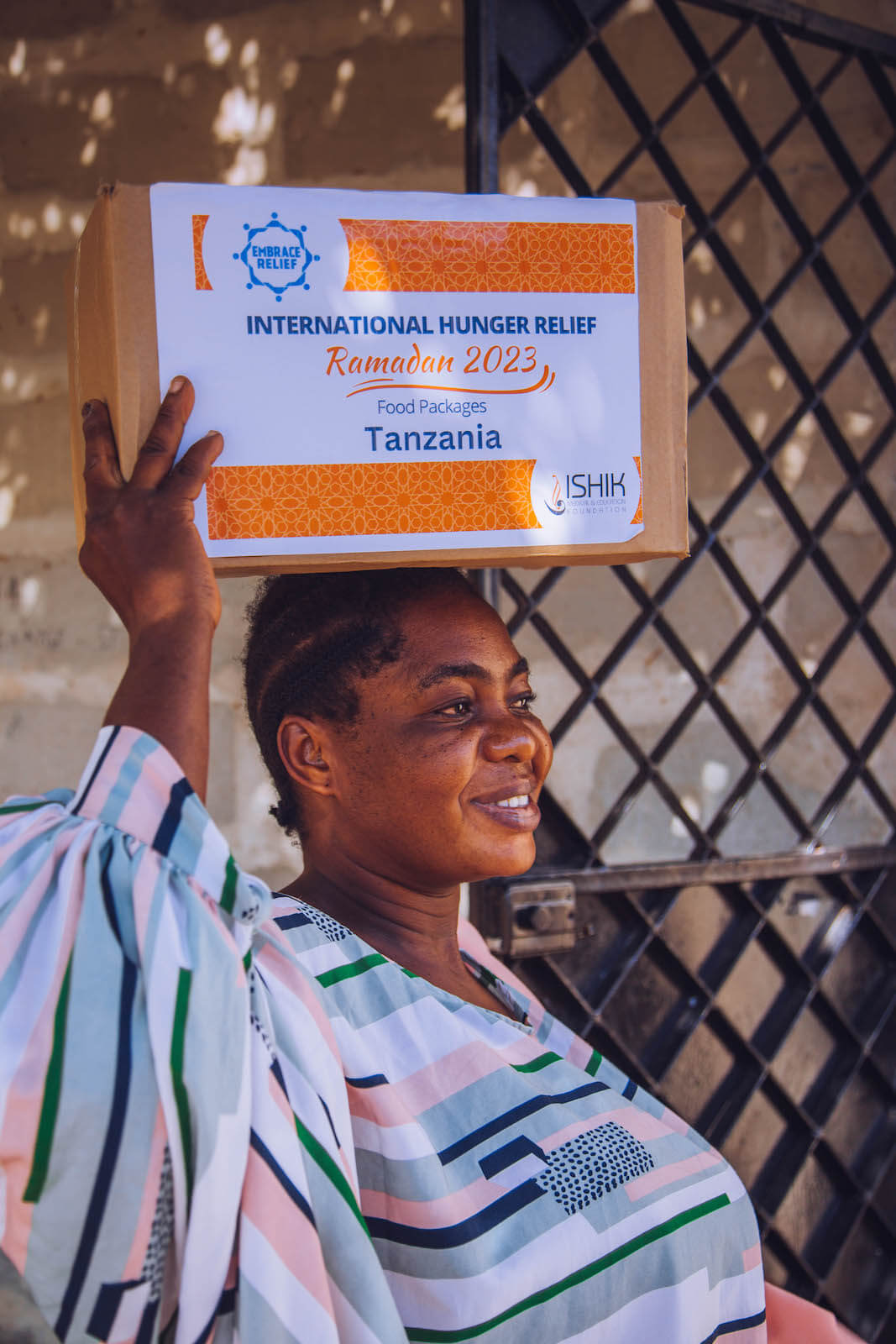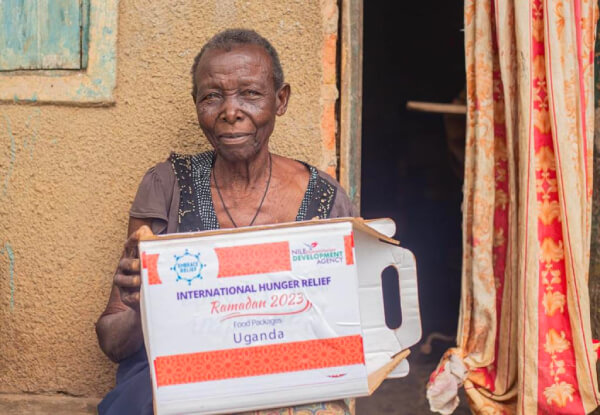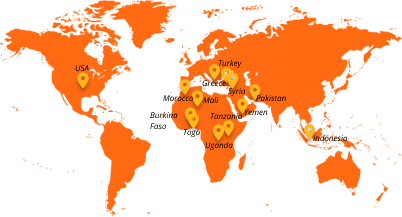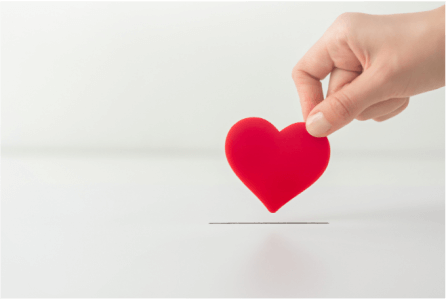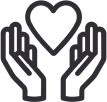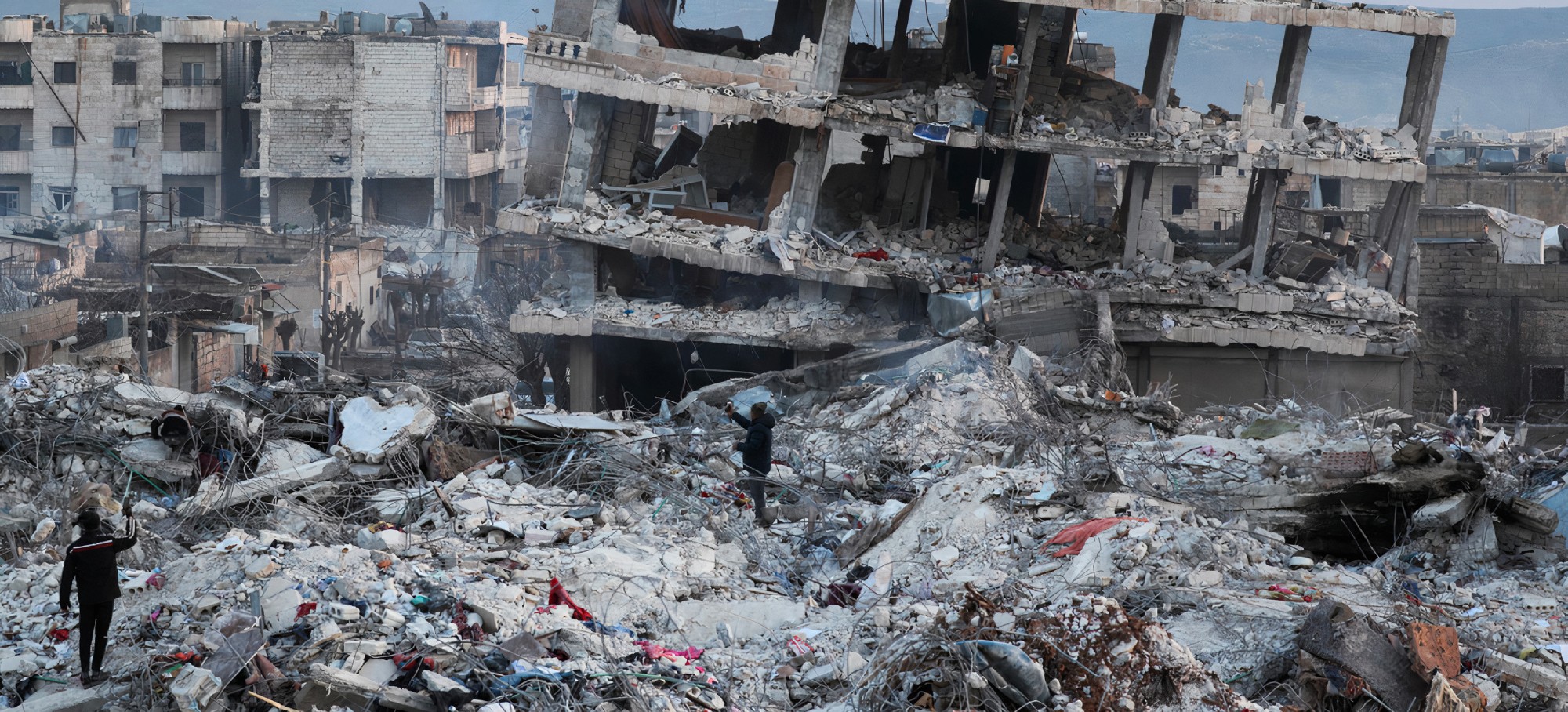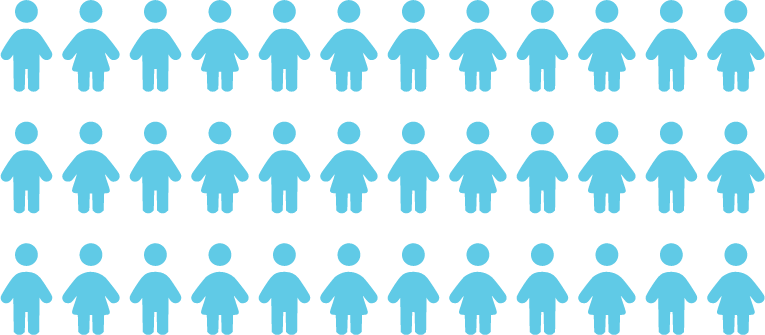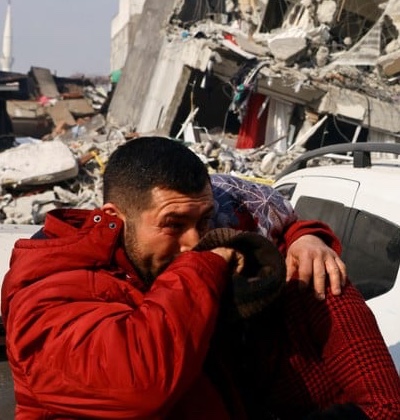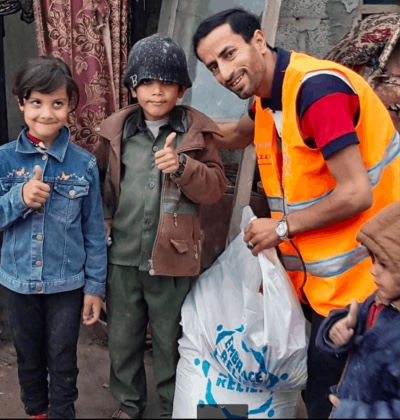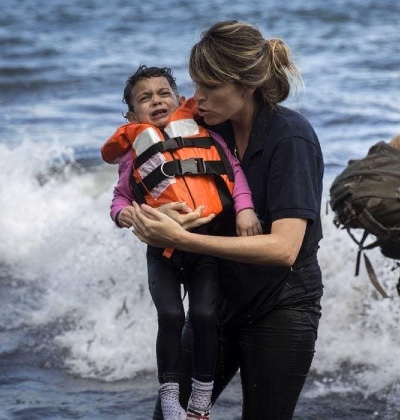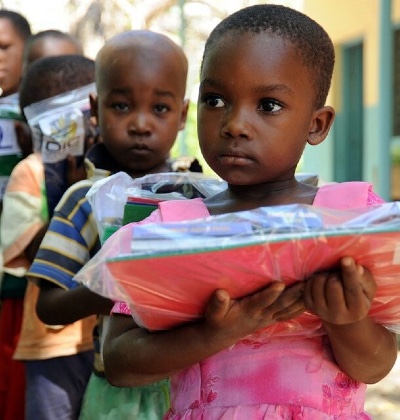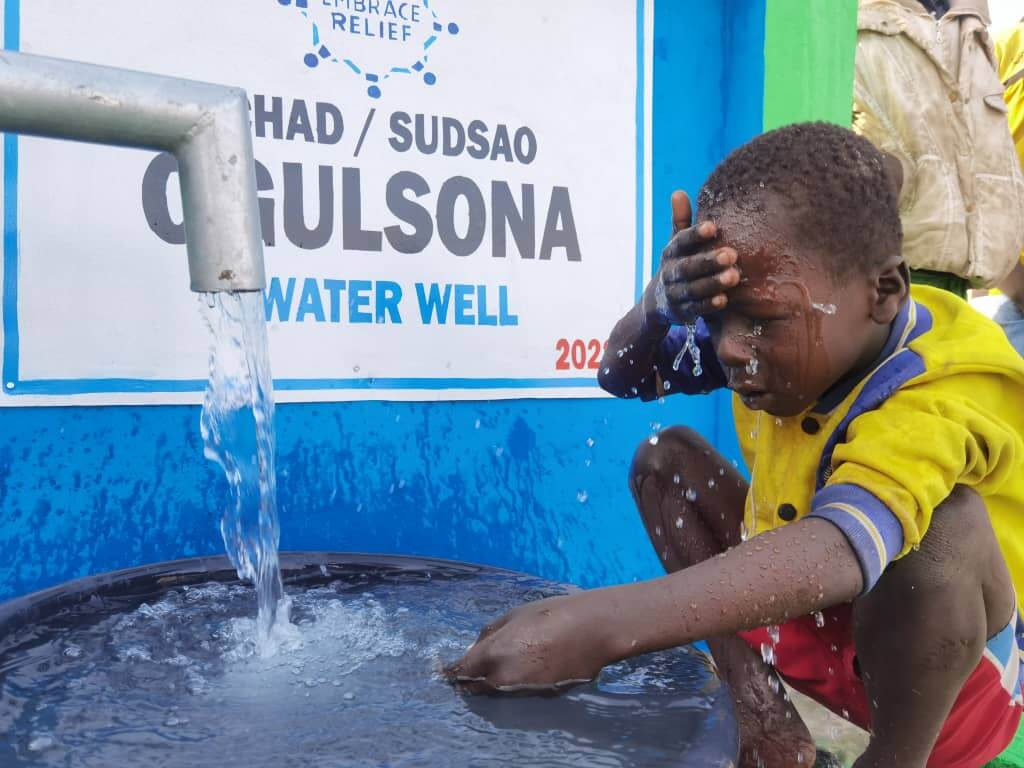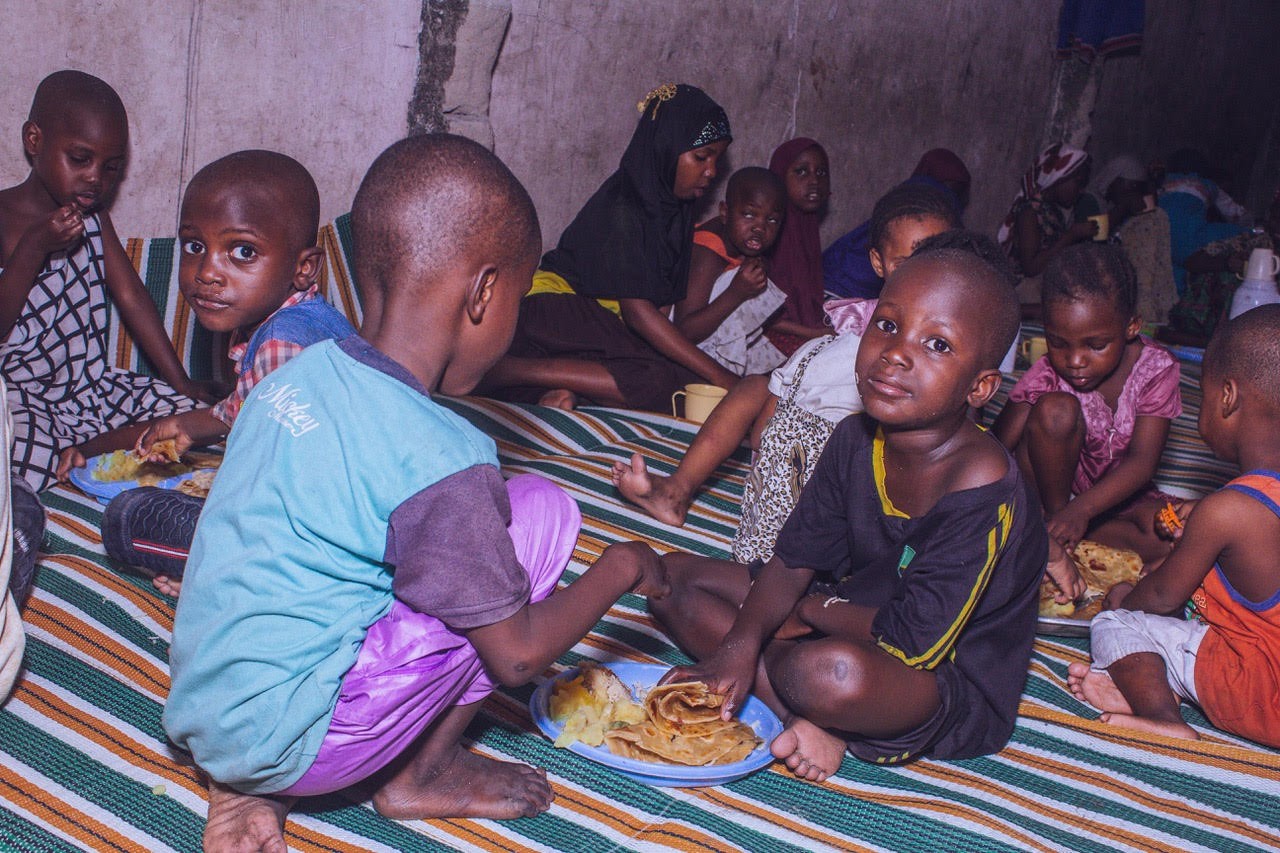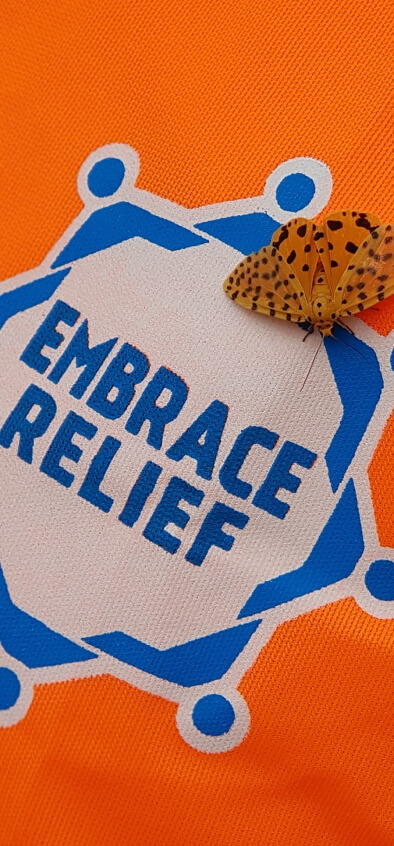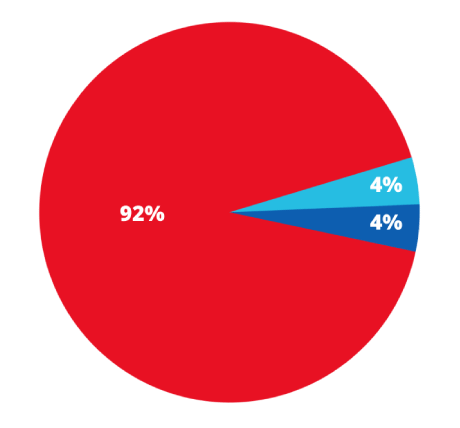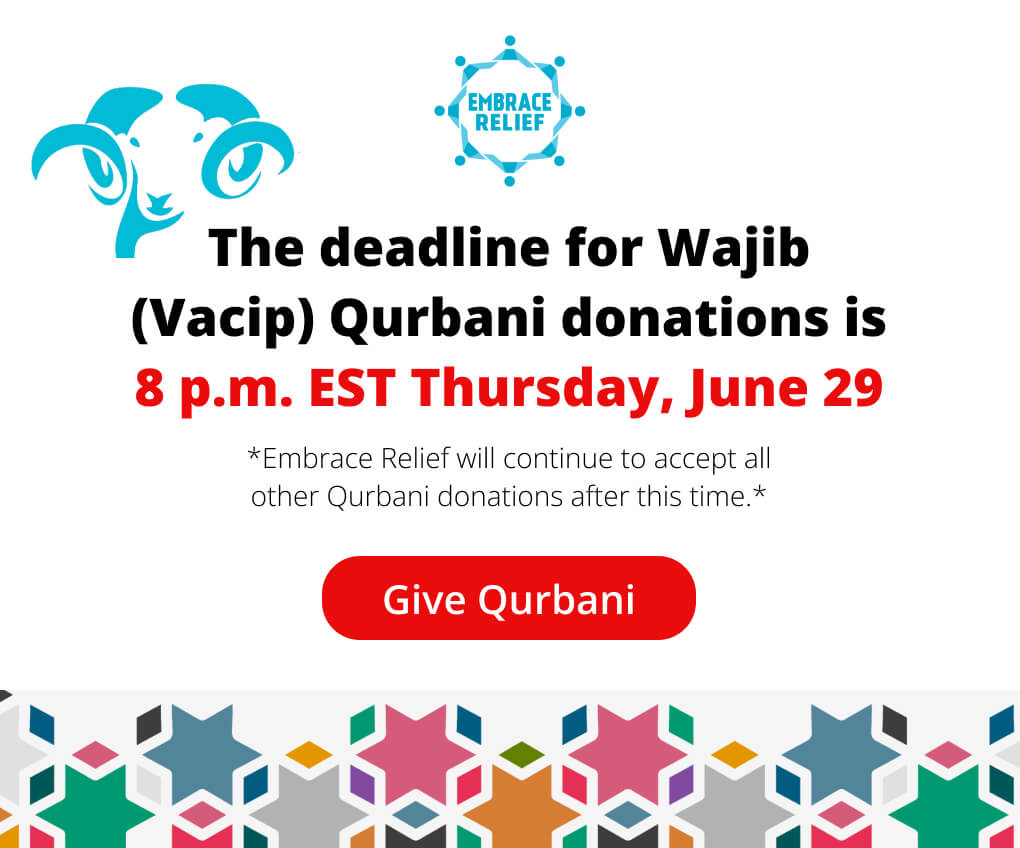Open a Water Well in Africa With Embrace Relief and It’s Yours to Name
Make a real impact and leave a lasting legacy on the world with just $1,300! Embrace Relief’s Fountains of Hope project is transforming lives by rebuilding hundreds of water wells across Africa, empowering communities to prosper and making the world a brighter place.
Every dollar donated is critical for the health, happiness and prosperity of our Fountains of Hope communities. But did you know that with a donation of $1,300 to Fountains of Hope, you can cover the full cost of one water well reconstruction, restoring the flow of water for an entire community of 1,000+ people?
And that’s not all!
A donation of that amount will also allow you to name your water well after yourself, your family or loved ones, or anyone else you choose. It’s a once-in-a-lifetime opportunity to honor the people closest to you while also making a difference for people in need.
Imagine seeing your name, or a name of your choosing, proudly displayed on this life-changing water well! Your generosity will be etched into the very source of life for an entire community, leaving a mark that will endure for generations!
To get started, simply fill out the form located at the following link (or at the bottom of this page) to let Embrace Relief know you’d like to start your Fountains of Hope project:
A water well is the greatest gift you can give, and it is the key to unlocking vast amounts of human potential in Chad, Cameroon and Nigeria. However, more than 50 percent of water wells in this region are broken at any given time. Fountains of Hope identifies these broken wells and repairs them, giving nearby communities a chance to thrive once more. In each of our Fountains of Hope communities, we see a flourishing of human happiness, with better public health, children free to learn and grow, and women with opportunities to pursue their dreams.
That’s why your $1,300 gift isn’t just a donation; it’s an investment in humanity, dignity, and progress. Together, we can empower a community, alleviate suffering, and offer hope for a better tomorrow. Donate now and imprint your legacy on a well that will sustain lives for years to come!
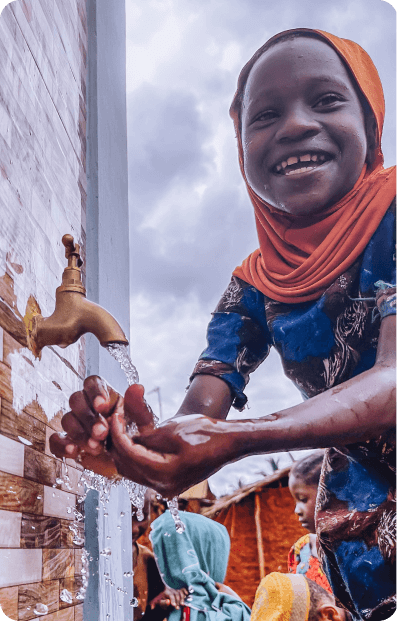
Quick Donation for Clean Water
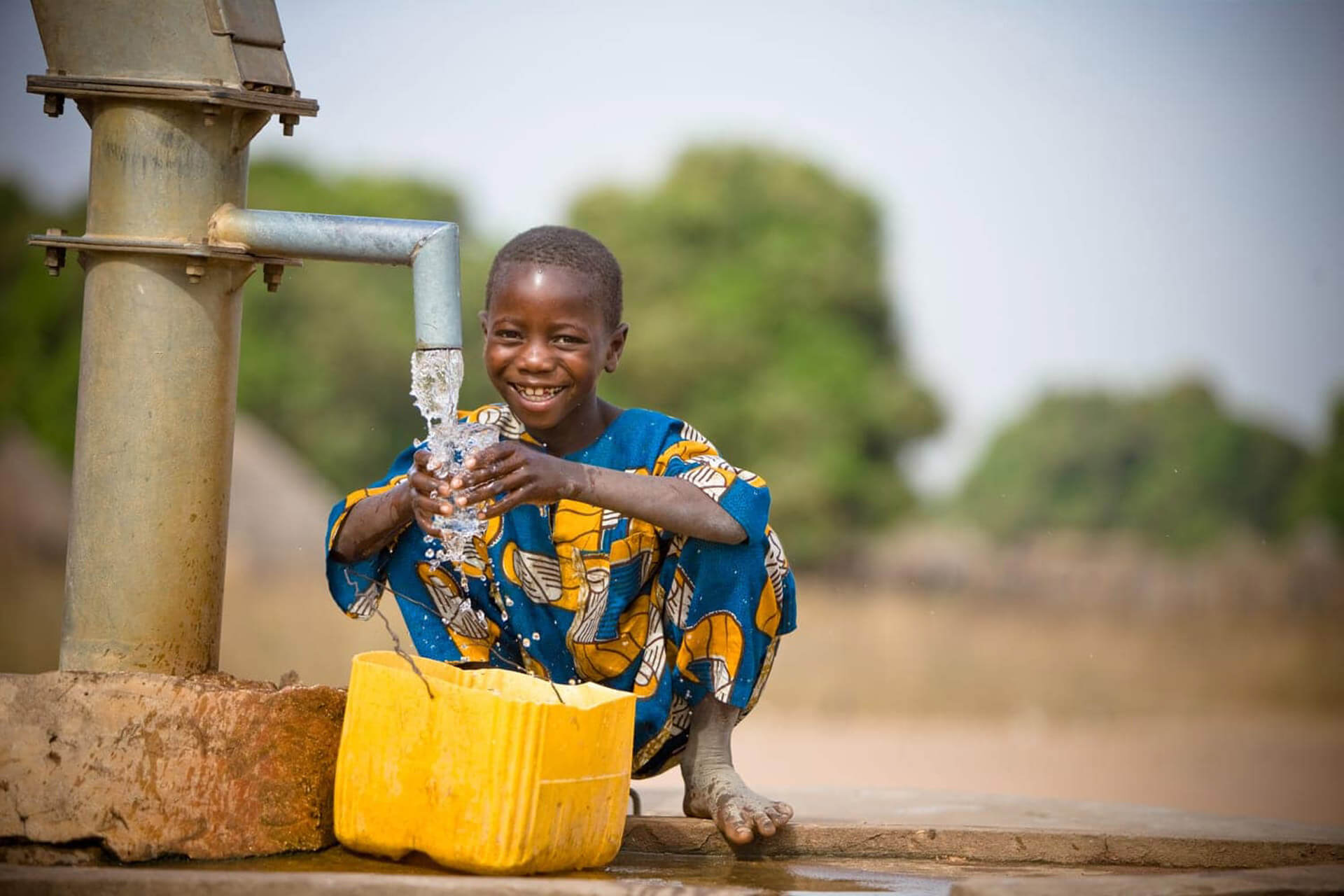
Donate For Clean Water
**if you choose to donate $1,300, you will ensure the reconstruction of a water well – in your name (or any name you wish!) in Africa










